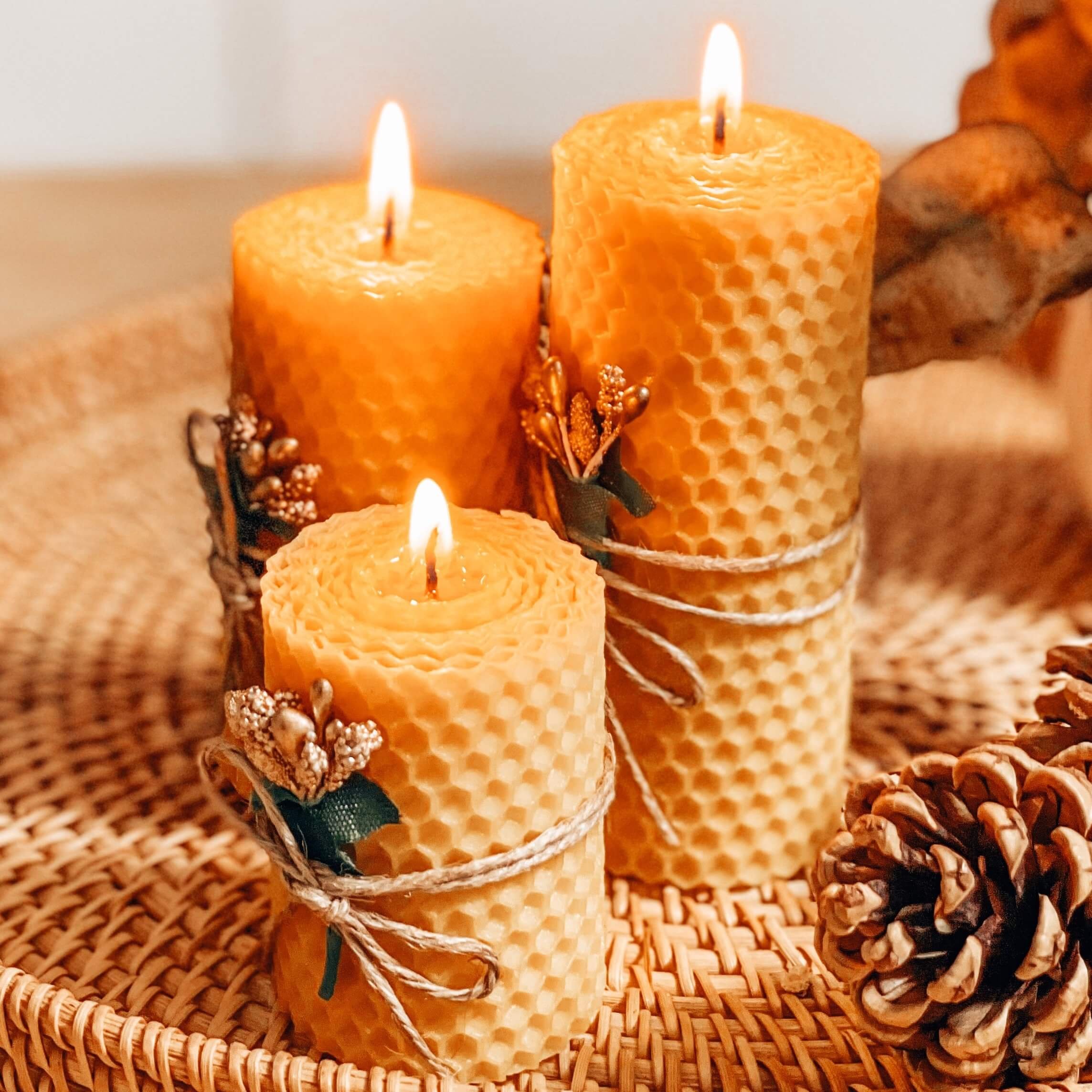Monastic Orders, Monks and Mead
I know it is a bit late to say Happy New Year but we will say it anyway.
How are your New Year Resolutions going or were you wise enough not to make any?
Recently, we hosted our first in-person event of the year. It was a bit different to normal as it was a speaking gig only. We did not have the luxury and distraction of drinks as we both spoke but we had fun and the audience loved it. Our client was based between the City of London and the City of Westminster and as this was an area that would have been filled with monasteries, we thought we would take a look at the impact of monks on what we drink today.
We loved doing the research for this event. It gives you a totally different view point on some alcoholic drinks and spirits that we enjoy so we thought we would share some of our findings in a series of posts. Here’s our first offering…
It is difficult to think of London being dominated by the physical and spiritual presence of enormous monastic edifices so if you are unsure of which orders had a foothold here, just take a look at some London street names and you can piece together the lost world of the holy brethren. These have been gone since the violent Reformation undertaken during the reign of Henry VIII but a few clues remain.
Let’s start with Carmelite Street which is very close to Whitefriars Street. These were the one and the same. Carmelite monks first settled in Aylesford, Kent in 1242 and came to London and founded a monastery in the area where you will find the street names. They were called Whitefriars as they wore white habits which brings us on to Blackfriars. We would have heard of the tube station which, along with the wonderful Art Nouveau pub, The Black Friar mark out the south-western corner of the where this Dominican order’s lands started. St Bartholomew’s monastery was founded in 1123 by Rahere, a jester in the court of Henry I and this is still a hospital of the same name that stands where its precincts would have been lain out all those years before.
There were nine Carthusian monasteries in England and you might not recognise the name but you may be more used to its anglicized version – Charterhouse. This gave its name to Charterhouse Square and several streets in the City of London including Carthusian Street, Charterhouse Street and even the public school, Charterhouse.
And of course, Temple; recently made famous by Dan Brown’s Da Vinci Code. Temple has a direct link to the Knights Templar and the Order of Knights of the Hospital of Saint John of Jerusalem or Knights Hospitaller. The inns are a legacy to the tradition of hospitality that was shown to visitors to the monasteries; not only accommodation but food and plenty of drink created by the various orders. In this country, we had mead (made from honey from bees kept by monks) but around Europe there were plenty of other interesting, fortified wines and spirits evolving and being released to the general population as Northern Europe left the Church of Rome for Protestantism.
Now if we think about monks and monasteries and the kind of drinks they would be producing the most obvious one of course is Mead.
If you don’t know already Mead in essence a honey wine. It is honey and water fermented by yeast. which can also have additional flavours from fruit, spices and other ingredients.
Whilst popularised by medieval settings the history of Mead dates much further back. So far in history that no one really is sure when it was created but here are just a few moments throughout history where it appears:
Mead predates beer and wine and a version of it comes from 3000 BC in the African bush. Mead was created naturally in the hollowed-out crowns of baobab and other similar trees. During the dry season, wild bees would nest in the hollow of the trees and make honey; during the rainy season, the hollows would fill up with water. This combination of water, honey, naturally occurring yeast, created an early example of Mead which was enjoyed by early African tribes and bushmen. Knowledge of this naturally occurring alcohol travelled beyond Africa and into the Middle East and Europe.
Mead can also be traced back to the ancient greeks and romans. The closer to home, the early Celts and Norsemen fell under the spell of mead and used it for their mystical and religious ceremonies.
Another bit of fun trivia for you is that the term Honeymoon comes from drinking Mead. A newly wed couple would drink honey (aka mead) for a moon (aka a month) as this was believed to have helped fertility.
So mead has been enjoyed by people all over the world for thousands of years. But why did the Monks become famous for it?
Monks kept bees because they made Beeswax Candles which were better than candles made of animal fat which ‘spat’ as as they burned, not to mention the smell. Honey was a by product of the beeswax production which was used to sweeten food and brew Mead.
Monks In London and all over England would have enjoyed mead but around Europe there were plenty of other interesting, fortified wines and spirits evolving and being released to the general population as Northern Europe left the Church of Rome for Protestantism.
Come back again for the next instalment of monks and how they developed and masted liqueurs and spirits.


